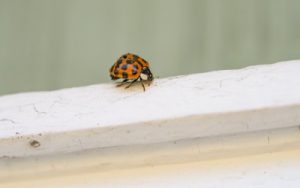
Does it seem like there are more insects in your home during the fall and winter? Unfortunately, it’s not your imagination. It’s fall pests looking for ways to get out of the increasingly cold weather.
Some of these fall pests will migrate to warmer climates or burrow under debris, but others may decide they want to spend the winter in your warm, dry home. This phenomenon is referred to as overwintering, and it pays to look for warning signs before you end up with an infestation in your home.
Finding a bug on the countertops or in the corners of a room in your home is no fun. However, what’s even worse and could cause even more damage, are the pests hiding where you can’t see them. The fall pests most likely to take refuge here can include Asian Lady beetles, stink bugs, termites, wasps, rodents, and armyworms.
Asian Lady Beetles
If you find what looks like a ladybug in your home, it may not be a ladybug. If it’s larger than your garden-variety ladybug, you may be looking at an Asian Lady beetle (which may or may not have spots). And if you’ve found one, the odds are good that it’s not alone.
These beetles release a foul-smelling yellow substance when disturbed or crushed, which can stain walls, fabrics, and other surfaces.
Some people may experience allergic reactions to these beetles, including respiratory issues, eye irritation, and skin reactions. In rare cases, they’ve been known to bite, causing minor welts or discomfort.
Asian Lady beetles travel together in groups, using pheromones to communicate their location. That means that if one comes into your home to get out of the cold, the result can be an infestation. You can prevent this, along with most other fall pest infestations, by making sure you seal any gaps or openings in the exterior of your home.
Stink Bugs
The species of stink bug you’re most likely to encounter in your home in the US is the Brown Marmorated stink bug, which is an invasive non-native species from Asia. They’re flat and shaped like a shield, colored in mottled shades of brown and gray, and range in size from around ¼” to ⅜”.
True to their name, stink bugs emit a terrible odor when threatened or squashed. The smell can linger in your home and is particularly unpleasant in enclosed spaces. Large numbers of stink bugs can also damage houseplants as they feed on them.
They’re fond of quiet, out-of-the-way parts of your home where they won’t be bothered. They tend to congregate in walls and attics, potentially dying in hard-to-reach places and attracting other pests like carpet beetles that feed on dead insects.
Termites
Termites are easily the most destructive pest in the US. The annual cost of termite damage and mitigation in the US is estimated at up to $30 billion. Termites, if you have them, are always trying to enter your home. But fall and winter are when subterranean termites (the most damaging species) tend to burrow deep into the ground to wait out the cold weather.
They feed on wood 24/7, potentially compromising your home’s foundation, support beams, and walls. Unlike other fall pests that are mainly nuisances, termites can literally eat you out of house and home, making early detection and prevention crucial.
So if you have an infestation, you may not notice it until spring. And at that point, the nest, and the damage, could be much more extensive. Once termites can get into your home, they will consume wood and anything else that contains cellulose.
Signs of termites in your home may include blisters on painted surfaces, hollow-sounding wood, and unexplained pinhole-sized holes.
Rodents
Squirrels, roof rats, and mice are all agile creatures and excellent climbers. You’ve surely seen them make their way from branch to branch or along narrow fences. It shouldn’t come as a surprise that they can get into your attic and make a nest.
Rodents seeking winter shelter bring numerous health and safety concerns. They can contaminate food supplies with their droppings and urine, spreading diseases like hantavirus, salmonella, and leptospirosis. They also gnaw constantly to keep their teeth sharp, potentially damaging electrical wires (creating fire hazards), insulation, and structural materials.
Luckily, these rodents don’t tend to be very stealthy. After some time, you’ll hear them scratching or gnawing from up above or inside the walls. Those are both signs that you have one inside your attic or wall voids, and that means it’s time to call an experienced rodent exterminator like Active Pest Control.
Wasps
Wasp colonies do not overwinter in the colder season, which leaves the workers to die with the oncoming winter. Fertilized queens, however, survive the cold outdoors and leave the nest for shelter like hollow logs, tree stumps, or in certain structures, like the attic of your home.
Wasps can be aggressive when disturbed, and their stings are painful and potentially life-threatening for those with allergies.
So here’s a question for you: How sure are you that your attic vents are all screened from the outdoors? If you’re not very sure, consider calling us to inspect your attic and install them for you. They can prevent wasps, birds, and all manner of creatures from making themselves comfortable without you knowing.
Armyworms
Though armyworms don’t typically invade the insides of homes like other fall pests, they deserve mention for the havoc they can wreak on Georgia lawns. The damage they cause to your landscape can be devastating and expensive to repair.
They’re particularly active in September and October, and can destroy an entire lawn in just a few days. These caterpillars march across lawns in large numbers, devouring grass blades and leaving behind brown, bare patches.
How to Prevent Fall Pests
Once pests establish themselves in or around your home, they’re much harder to eliminate. Taking proactive steps now can save you from dealing with a full-blown infestation when spring arrives. These prevention and exclusion methods are your best defenses against fall pest infestations:
- Start by sealing entry points around your home. Caulk cracks around windows and doors, install door sweeps, and repair torn screens.
- Keep vegetation trimmed back from your home’s exterior and store firewood at least 20 feet away from structures.
- Inside, reduce clutter in basements and attics where pests like to hide, fix any moisture issues, and store food in airtight containers.
- Vacuum regularly to help eliminate insects that have already made it inside.
- Schedule a professional pest inspection in early fall to identify and address potential problem areas before pests move in for the winter.
Top Exterminators for Fall Pest Control
If you have some unwelcome fall pests, Active Pest Control is ready to help with home pest control services. Active Pest Control has been proud to provide Georgia residents with quality pest control services for over 45 years. Contact us now for a free quote!
Last updated in October 2025.

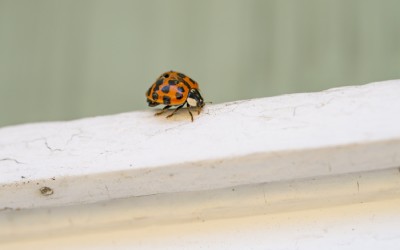
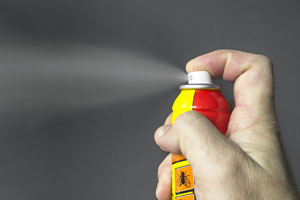
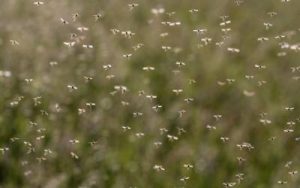 Mosquitoes are one of the most difficult pests to eliminate. There are so many of them and they breed quickly, so even if you wipe out most of them, you will still have to contend with the next generation of larvae that’s likely to emerge in a few days.
Mosquitoes are one of the most difficult pests to eliminate. There are so many of them and they breed quickly, so even if you wipe out most of them, you will still have to contend with the next generation of larvae that’s likely to emerge in a few days. 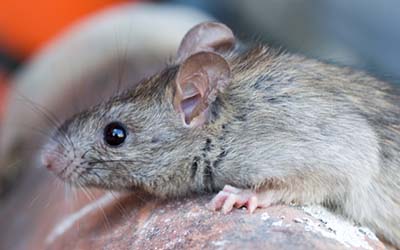 It’s fall, meaning it’s the season of the rodent! Every year in the fall and winter here in Atlanta, the number of rodent infestations goes way up. But why? As temperatures begin to dip this time of year, rat and mouse problems begin to get worse as the pests look for somewhere to bunker down for the winter. With
It’s fall, meaning it’s the season of the rodent! Every year in the fall and winter here in Atlanta, the number of rodent infestations goes way up. But why? As temperatures begin to dip this time of year, rat and mouse problems begin to get worse as the pests look for somewhere to bunker down for the winter. With 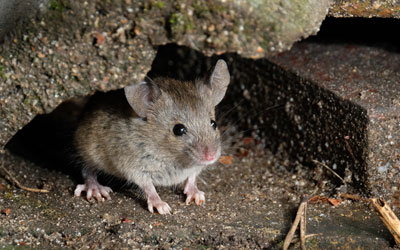 As two of the most common pest rodents, rats and mice cause a lot of trouble for Atlanta GA area homeowners. All types of rodents share a common identifying feature: their ever-growing incisor teeth. They also typically all possess short legs and a long tail, but their similarities stop there. In addition to having different characteristics, these rodents also exhibit different behaviors. A rat infestation can be much different than a mouse infestation, which is one of the reasons why it’s important to know how to tell the difference between these two. Read on for Active Pest Control’ guide to knowing if you are dealing with a mouse or a rat problem.
As two of the most common pest rodents, rats and mice cause a lot of trouble for Atlanta GA area homeowners. All types of rodents share a common identifying feature: their ever-growing incisor teeth. They also typically all possess short legs and a long tail, but their similarities stop there. In addition to having different characteristics, these rodents also exhibit different behaviors. A rat infestation can be much different than a mouse infestation, which is one of the reasons why it’s important to know how to tell the difference between these two. Read on for Active Pest Control’ guide to knowing if you are dealing with a mouse or a rat problem.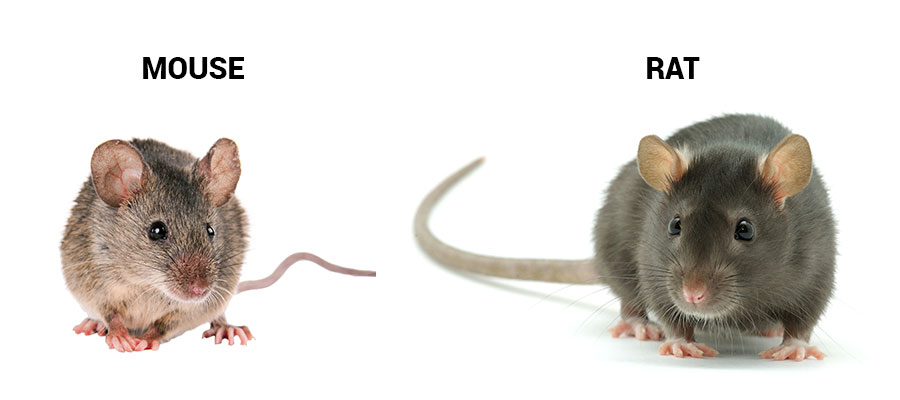
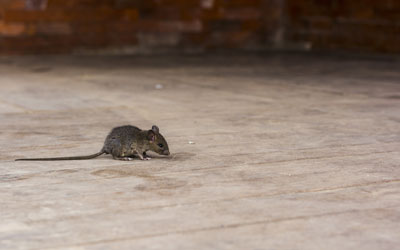 It’s Rodent Awareness Week, and rodent infestations are on the rise. Due to the pandemic, reports of rodent sightings have surged. But why? Back when the coronavirus hit and restaurants began to shutter, rats and mice were suddenly deprived of their food sources. Especially here in Atlanta, this led to more infestations as rodents entered residential homes in search of resources. With the seasons changing as we speak, rodents during the pandemic are even more inclined to be indoors this time of year to stay warm. With infestations on the rise during the pandemic, now is the time to learn how to effectively prevent rodent problems in your property. The team at Active Pest Control is here to help.
It’s Rodent Awareness Week, and rodent infestations are on the rise. Due to the pandemic, reports of rodent sightings have surged. But why? Back when the coronavirus hit and restaurants began to shutter, rats and mice were suddenly deprived of their food sources. Especially here in Atlanta, this led to more infestations as rodents entered residential homes in search of resources. With the seasons changing as we speak, rodents during the pandemic are even more inclined to be indoors this time of year to stay warm. With infestations on the rise during the pandemic, now is the time to learn how to effectively prevent rodent problems in your property. The team at Active Pest Control is here to help. Spring is almost here, which means pests are on their way! While pest problems are a fact of life in Georgia year-round, springtime sees a big fluctuation in pest problems. This is because many pests that are less active throughout the winter are encouraged by warming temperatures to start invading homes again. To keep spring pests out of your property, it’s important to prepare your home now! Keep reading for tips from the experts at Active Pest Control.
Spring is almost here, which means pests are on their way! While pest problems are a fact of life in Georgia year-round, springtime sees a big fluctuation in pest problems. This is because many pests that are less active throughout the winter are encouraged by warming temperatures to start invading homes again. To keep spring pests out of your property, it’s important to prepare your home now! Keep reading for tips from the experts at Active Pest Control.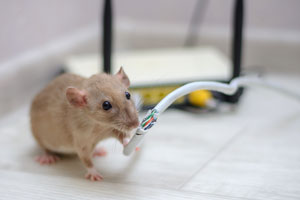 A rodent infestation is any homeowner’s worst nightmare. Not only are they gross and messy—there are many dangers of rodents to be aware of!
A rodent infestation is any homeowner’s worst nightmare. Not only are they gross and messy—there are many dangers of rodents to be aware of!  No one wants to deal with a mice infestation. Mice are a dreaded household pest because they spread disease and filth. Some of the signs you may have a
No one wants to deal with a mice infestation. Mice are a dreaded household pest because they spread disease and filth. Some of the signs you may have a 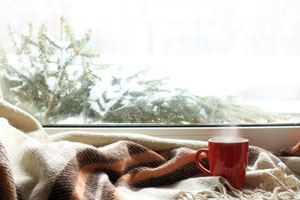 Many people think pest problems only occur in the summer, but rodent infestations are very common in the winter! According to The National Pest Management Association (NPMA), 21 million homes in the U.S. are invaded by rodents each winter. As temperatures drop, rats and mice will look to make their way indoors for warmth and shelter. To avoid the diseases and destruction brought from rodent infestations, it’s important to implement rodent control into your home each year. Keep reading for Active Pest Control’s top tips for rats and mice prevention in the winter.
Many people think pest problems only occur in the summer, but rodent infestations are very common in the winter! According to The National Pest Management Association (NPMA), 21 million homes in the U.S. are invaded by rodents each winter. As temperatures drop, rats and mice will look to make their way indoors for warmth and shelter. To avoid the diseases and destruction brought from rodent infestations, it’s important to implement rodent control into your home each year. Keep reading for Active Pest Control’s top tips for rats and mice prevention in the winter.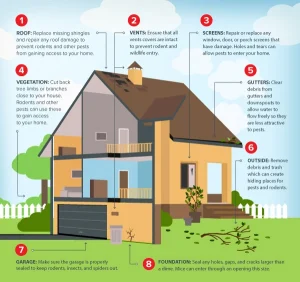 There are eight spots in particular around your property that are vulnerable to rodent intrusions. By routinely checking the following areas, you can locate where rats and mice may attempt to make their way indoors. It’s important to make any repairs promptly and, in general, keep a tidy home and yard to prevent rodents. The eight main locations to check and make repairs include:
There are eight spots in particular around your property that are vulnerable to rodent intrusions. By routinely checking the following areas, you can locate where rats and mice may attempt to make their way indoors. It’s important to make any repairs promptly and, in general, keep a tidy home and yard to prevent rodents. The eight main locations to check and make repairs include: